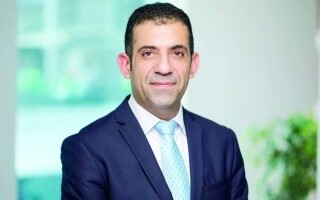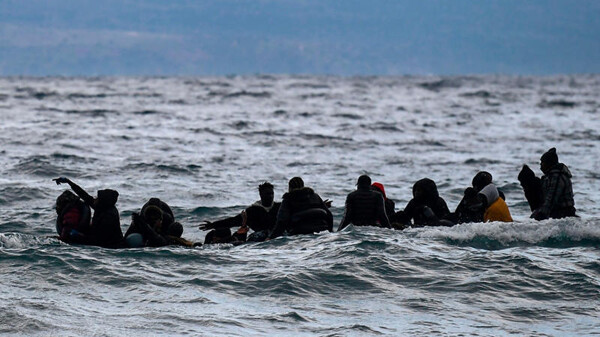
As experts in the insurance field assert, the return of insurance surpluses and their distribution among insured entities is carried out only in such so-called takaful insurance companies according to a defined system, after paying all required compensations, administrative costs, company costs, and others. These processes are subject to control and approval by regulatory bodies and Sharia committees. "Typically, the amounts remaining subject to return are insignificant, and either the company distributes them among policyholders, or retains them for addition in subsequent extensions of coverage," the experts explained.
In response to inquiries about the application of the mechanism for returning the insurance surplus to insured persons in the UAE and their potential benefit, as well as the scales of distributed sums, insurance expert Mokhammed Abndera noted that the return of insurance surplus is associated with the operations of the takaful or Islamic insurance companies operating in the country. According to him, surpluses from insurance contributions are used to cover required expenses, long-term payment before the takaful insurance company, and also to cover other expenses, while everything that remains is treated as income, which is distributed equally among insured persons.
"Traditional insurers usually do not engage with insured persons in sharing profits, as it is restricted to shareholders or company owners," added insurance expert Issam Maslamani. According to his opinion, in the segment of insurance in the UAE, there are many companies, and insured persons can choose a suitable type of insurance, whether it is traditional or takaful.
In conclusion, experts noted that sums distributed within the framework of takaful insurance, usually insignificant, considering the number of policyholders and the remaining profit after covering expenses and required contributions. Thus, the model of takaful insurance suggests cooperation and mutual assistance among participants in managing particular risks through collectively organized insurance.














